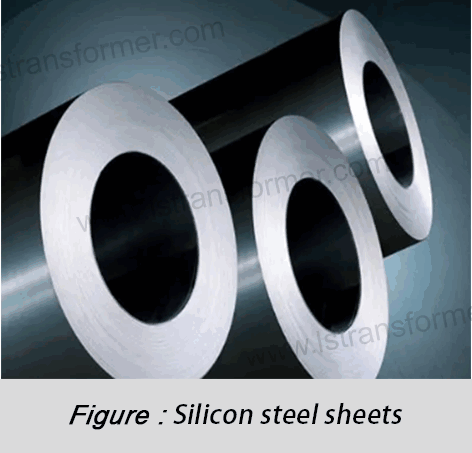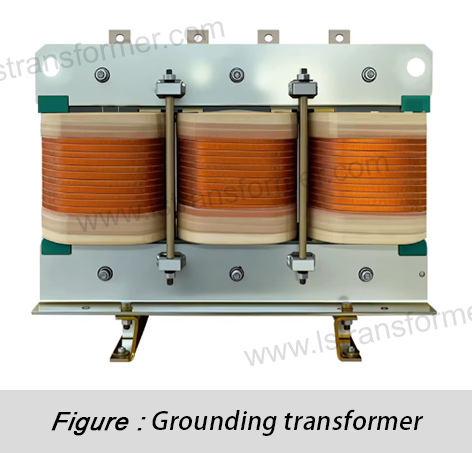How Does Humid Environment Cause Transformer Insulation Failure? —In-Depth Analysis of IP68 Protection Level Transformer Solutions
How Does Humid Environment Cause Transformer Insulation Failure?
—In-Depth Analysis of IP68 Protection Level Transformer Solutions
In coastal areas, tropical rainforests, and industrial environments sensitive to humidity, "transformer insulation failure due to humid conditions" has become a core challenge in global power system maintenance. Research shows that environments with relative humidity exceeding 85% can reduce transformer insulation resistance by 60% and increase partial discharge risk by 300% (Source: IEEE Transactions on Dielectrics). Based on international standards such as IEC 60529 and NEMA 250, this article systematically analyzes the technical principles, material innovations, and practical cases of IP68-rated transformers, providing a comprehensive solution for global users to combat humid environments.
Content
1. Three Major Damage Mechanisms of Humid Environments on Transformers
● Insulation Material Moisture Absorption and Degradation
Cause-and-Effect Logic:
(1) Moisture Penetration Path: Water molecules in the air seep into windings through micro-pores in epoxy resin, triggering a hydrolysis reaction with cellulose in insulating paper (Chemical formula: C₆H₁₀O₅ + H₂O → C₆H₁₂O₆).
(2) Dielectric Strength Decline: For every 1% increase in moisture content, the breakdown voltage of insulating paper drops by 8–12% (IEC 60814 test data), significantly raising the risk of inter-turn short circuits.
Case Study:At a port substation in Jakarta, Indonesia, where humidity exceeds 90% year-round, traditional transformers experienced an average failure rate of 4.2 incidents per year. After switching to IP68-rated transformers, the failure rate dropped to 0.3 incidents annually.
● Electrochemical Corrosion of Metal Components
Mechanism:
(1) Oxygen Concentration Cell Effect:In humid environments, rust (Fe(OH)₃) forms at weld seams (Chemical reaction: 4Fe + 3O₂ + 6H₂O → 4Fe(OH)₃), accelerating steel plate thickness loss at a rate of >0.2 mm/year. This severely weakens structural integrity.
(2) Copper Winding Sulfide Corrosion: In industrial areas, H₂S in humid air reacts with copper to form Cu₂S (2Cu + H₂S → Cu₂S + H₂↑), whose conductivity is only 1% of pure copper. This increases contact resistance to 200 μΩ·cm² (normal value ≤50 μΩ·cm²), causing localized overheating.
Test Data:A transformer in a Philippine chemical plant experienced a 23K temperature rise and an 18% increase in load loss due to corrosion, forcing it to retire six years early.
2. Core Technical Approaches of IP68 Protection Level
● Sealing Structure Design: From Static Protection to Dynamic Pressure Balancing
Limitations of Traditional Solutions: Standard IP54 enclosures rely on passive rubber gasket sealing. With daily temperature fluctuations >15°C, internal-external pressure differences cause seal failure (water infiltration up to 0.3 mL/m² per hour). Moisture entering through gaps can slash insulation resistance from 5000 MΩ to below 200 MΩ in 30 days (IEC 60076-11 test data).
IP68 Innovations:
(1) Double-Layer Labyrinth Seal Grooves:The cover and enclosure feature interlocking stepped structures (Patent: DE102017206735B4), creating three physical barriers that block moisture even if one layer fails.
(2) Pressure-Compensated Breather System: Equipped with a high-performance membrane (e.g., GORE-TEX®, 0.2 μm pores) that allows air exchange but blocks liquid water. This system balances ±5 kPa pressure fluctuations (EN 60076-11 certified), maintaining internal humidity below 35%.
Protection Performance: In simulated tropical storm tests (100 L/min water spray for 1 hour), zero leakage occurred, with humidity fluctuations ≤±3%.
● Material and Process Upgrades: Traditional vs. Innovative Performance
Traditional Material Limitations:
(1) Standard Epoxy Resin:Porosity 1.5–3%; moisture permeability 0.8 g/(m²·day).
(2) Cold-Rolled Steel:Red rust appears after 500 hours in salt spray tests (ASTM B117).
Innovative Material Breakthroughs:
(1) Vacuum Pressure Impregnation (VPI):Windings are impregnated with modified epoxy resin (e.g., Huntsman Araldite® CY 230) under 50 mbar vacuum, achieving >99% fill rate and <0.1% porosity. Moisture absorption is reduced by 98% (ASTM D570 test).
(2) Nano-Coating Protection: Enclosure surfaces are sprayed with fluorosilane composite (contact angle >150°), cutting water droplet residue by 95% compared to standard polyurethane coatings (ISO 27448 self-cleaning test).
Durability Validation: A transformer on Norway’s North Sea platform passed 3000-hour salt spray testing (ASTM B117) with no coating and insulation resistance >5000 MΩ.
3. Key Installation and Maintenance Guidelines
● Foundation Moisture Prevention: From Passive to Active Protection
Essential Measures:
(1) Waterproof Concrete Base: Add silane impregnation agents (e.g., Sika® IG-10) during pouring to form a hydrophobic layer in capillary pores. Post-treatment, water absorption drops from 2.1 kg/m²·h⁰·⁵ to <0.1 kg/m²·h⁰·⁵ (EN 1504-2), and chloride resistance improves 10-fold.
(2) Cable Entry Sealing:Use dual-compression cable glands (e.g., CMPG 216 series), where inner elastomers fit tightly (±0.2 mm tolerance) and outer stainless steel clamps provide 60 N·m locking force for IP68 airtightness.
● Smart Monitoring System Integration
Technical Solutions:
(1) Distributed Fiber Optic Temperature Sensing: OFDR sensors (1 cm spatial resolution) embedded in windings detect 0.5 mm² hotspots with ±0.5°C accuracy (IEC 62895 standard).
(2) Wireless Humidity Alerts: LoRaWAN transmits data (5 km range). If humidity exceeds 60%, heating/dehumidification activates, reducing humidity to <40% within 30 minutes.
Economic Benefits: A Chilean copper mine project cut mean time to repair (MTTR) from 38 hours to 6 hours and reduced annual maintenance costs by 42%.
In Summary
IP68-rated transformers, combining advancements in materials science, sealing dynamics, and smart monitoring, have been successfully deployed in 62 high-humidity regions worldwide (Source: Siemens 2023 White Paper). For EN/IEC/UL-compliant customized solutions—from thermal-humidity simulations to lifelong maintenance—contact our global engineering team.
Contact Us
LuShan, est.1975, is a Chinese professional manufacturer specializing in power transformers and reactors for50+ years. Leading products are single-phase transformer, three-phase isolation transformers,electrical transformer,distribution transformer, step down and step up transformer, low voltage transformer, high voltage transformer, control transformer, toroidal transformer, R-core transformer;DC inductors, AC reactors, filtering reactor, line and load reactor, chokes, filtering reactor, and intermediate,high-frequency products.
Our power transformers and reactors are widely used in 10 application areas: rapid transit, construction machinery, renewable energy, intelligent manufacturing, medical equipment, coal mine explosion prevention , excitation system, vacuum sintering(furnace), central air conditioning.
Know more about power transformer and reactor :www.lstransformer.com.
If you would like to obtain customized solutions for transformers or reactors, please contact us.WhatsApp:+86 13787095096Email:marketing@hnlsdz.com

 EN
EN
 FR
FR DE
DE ES
ES


